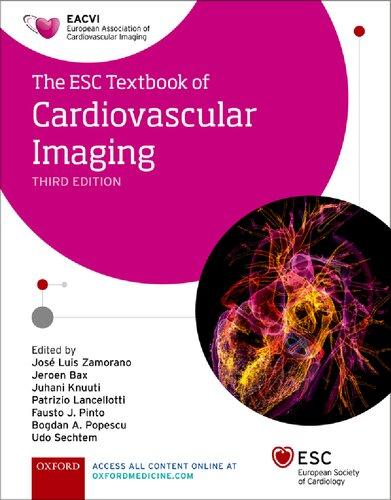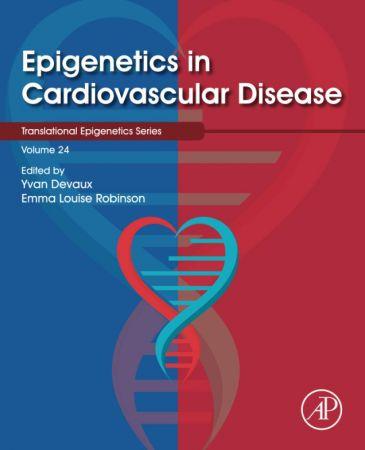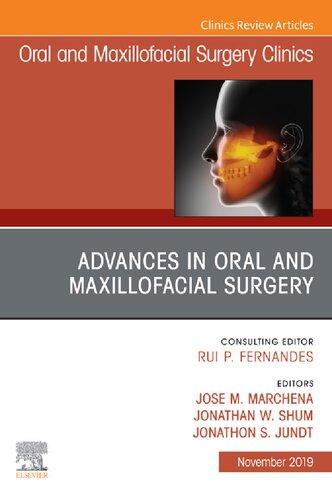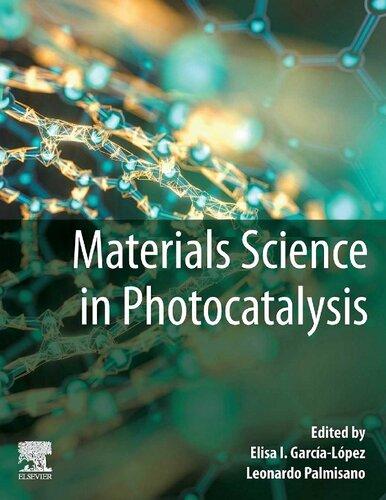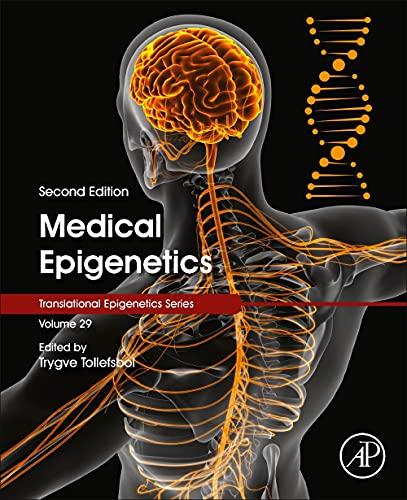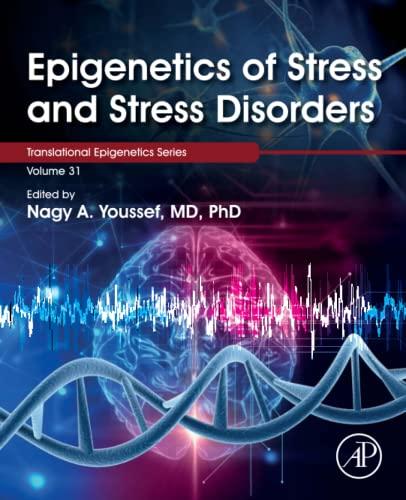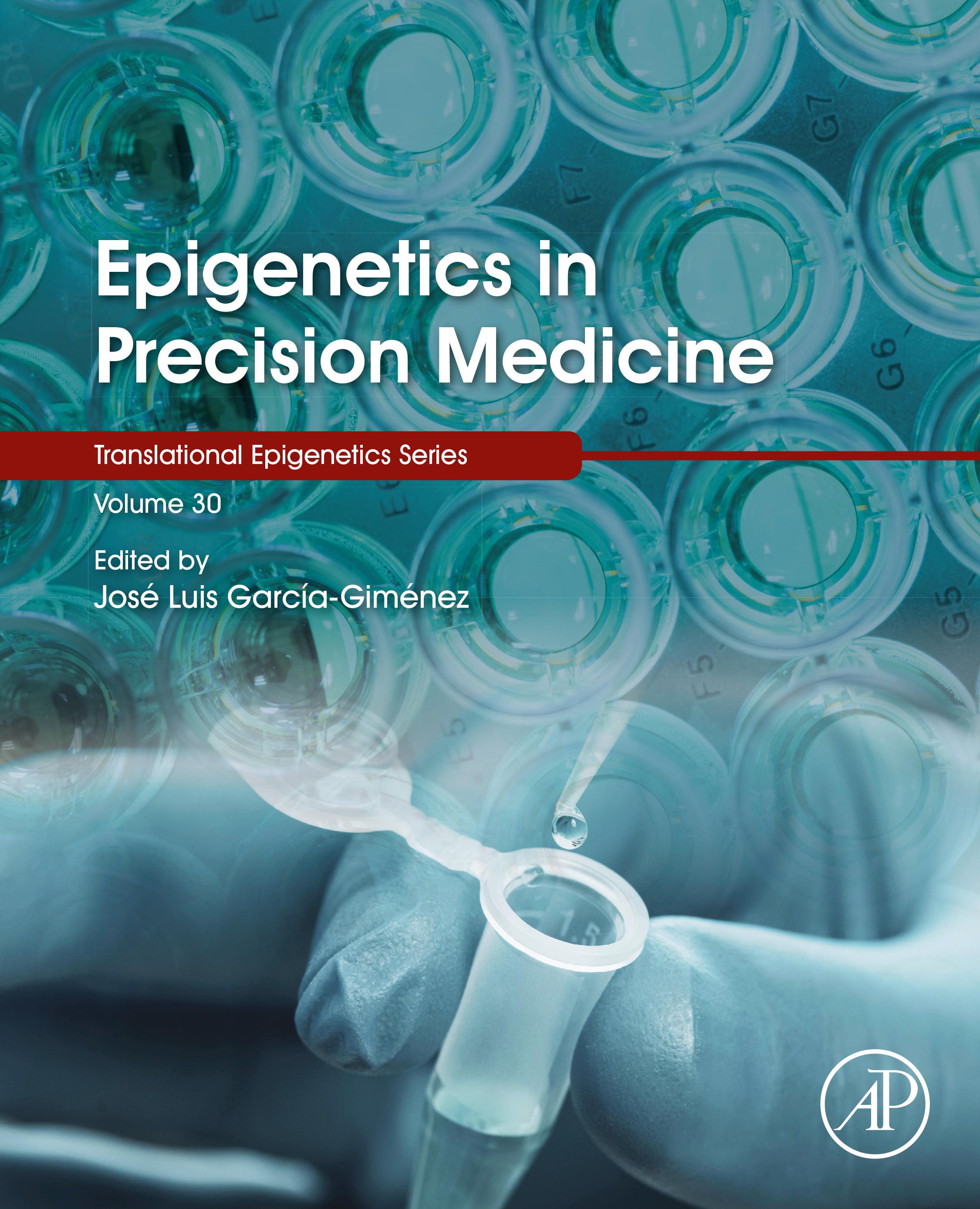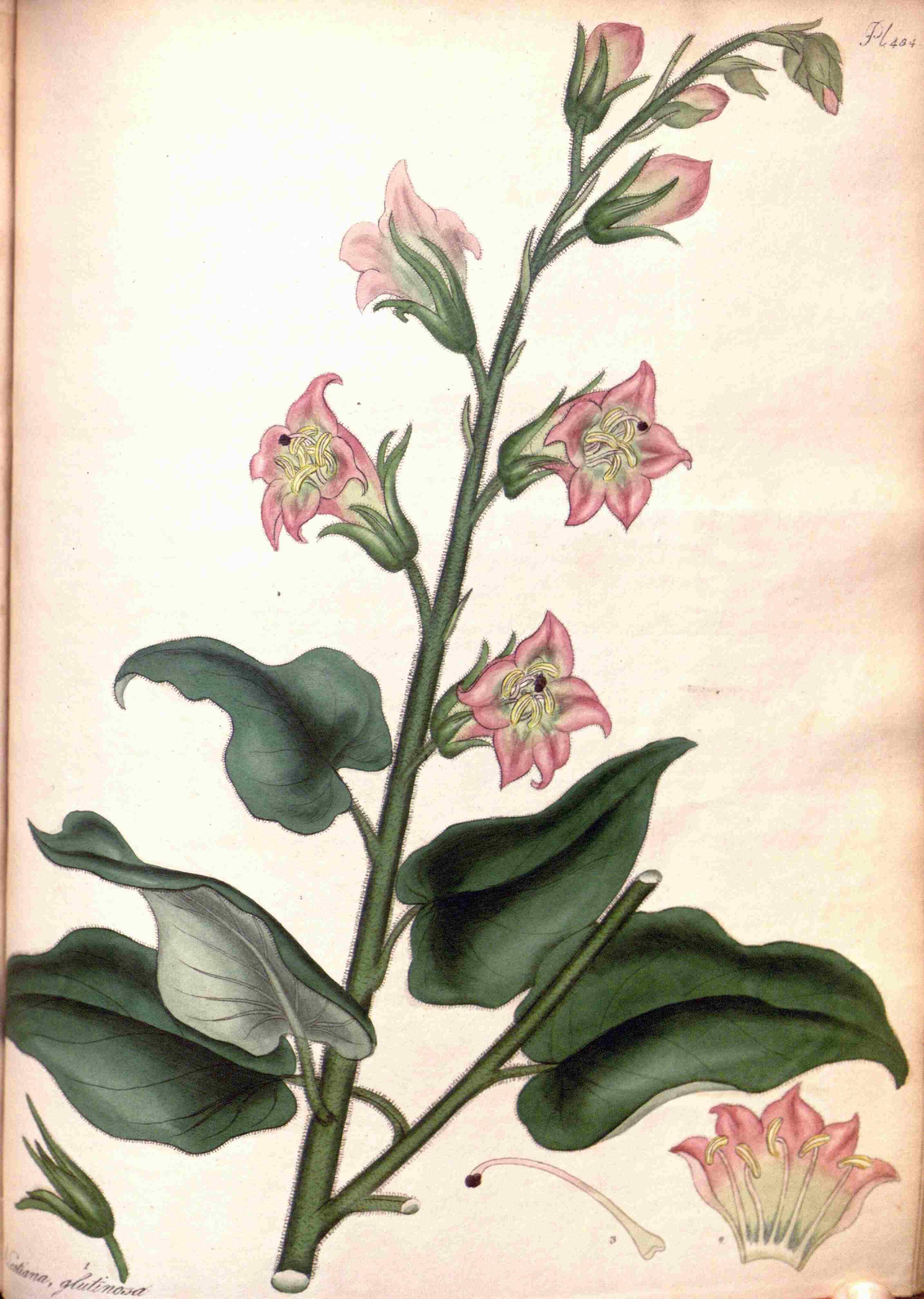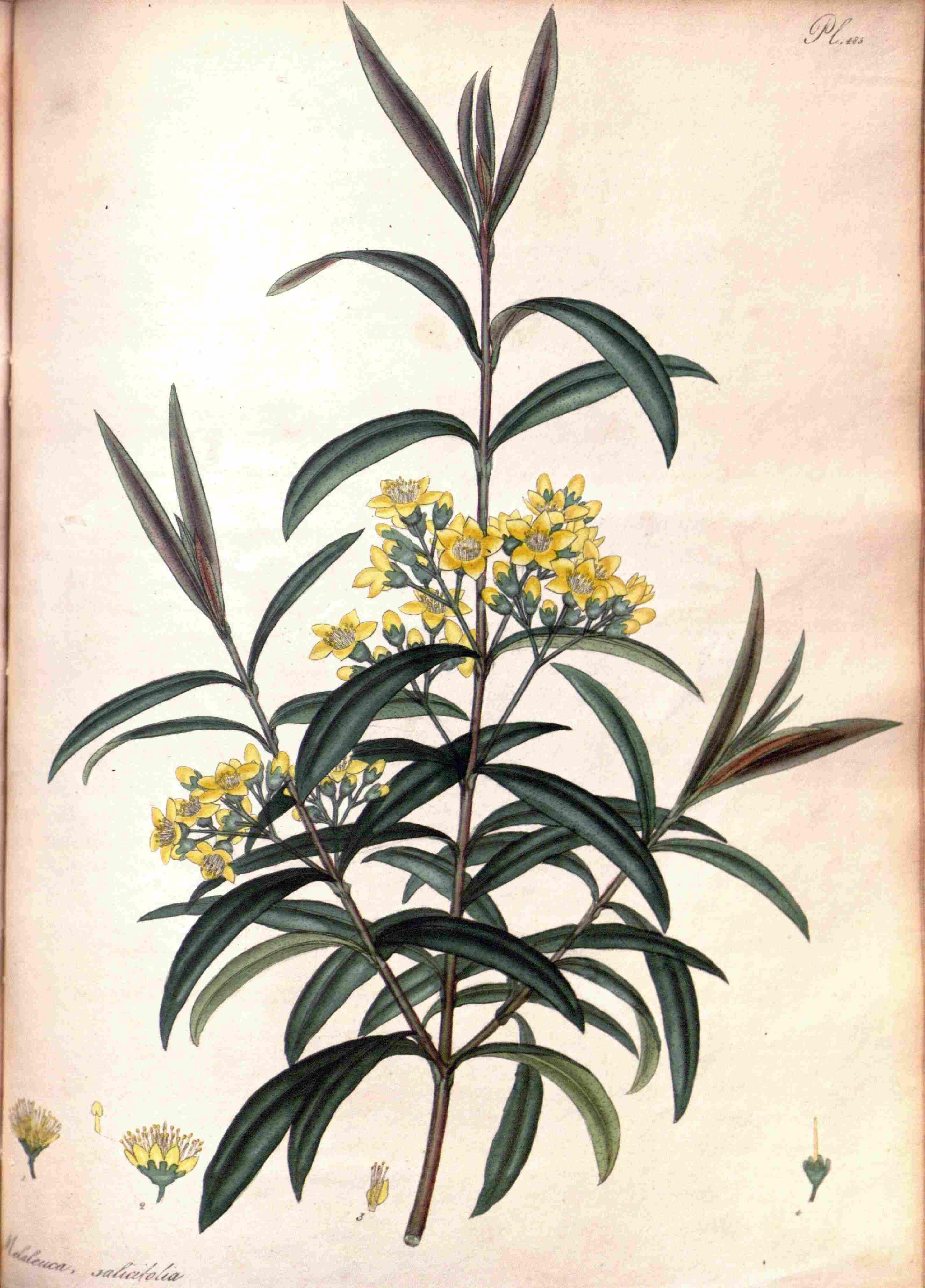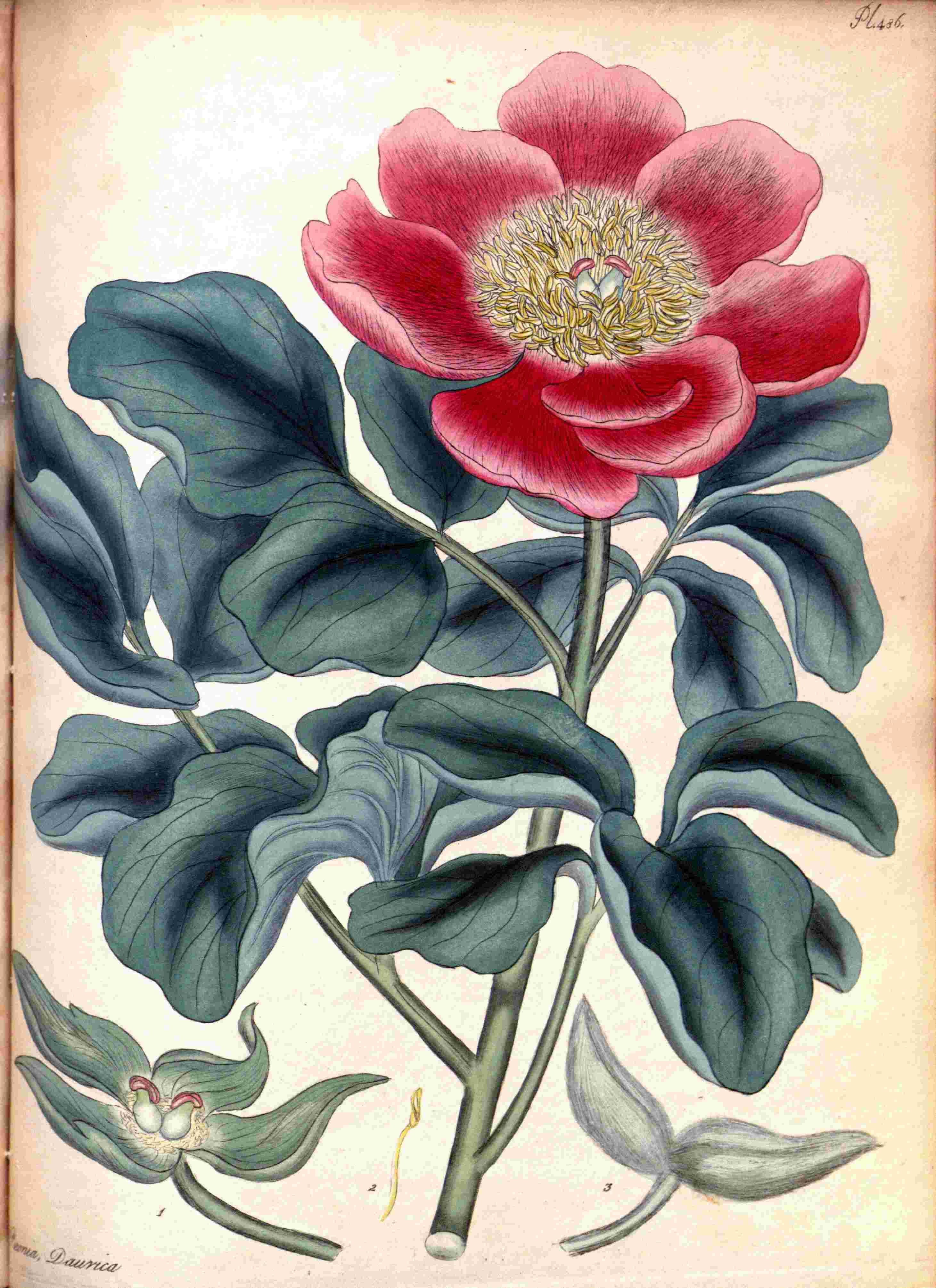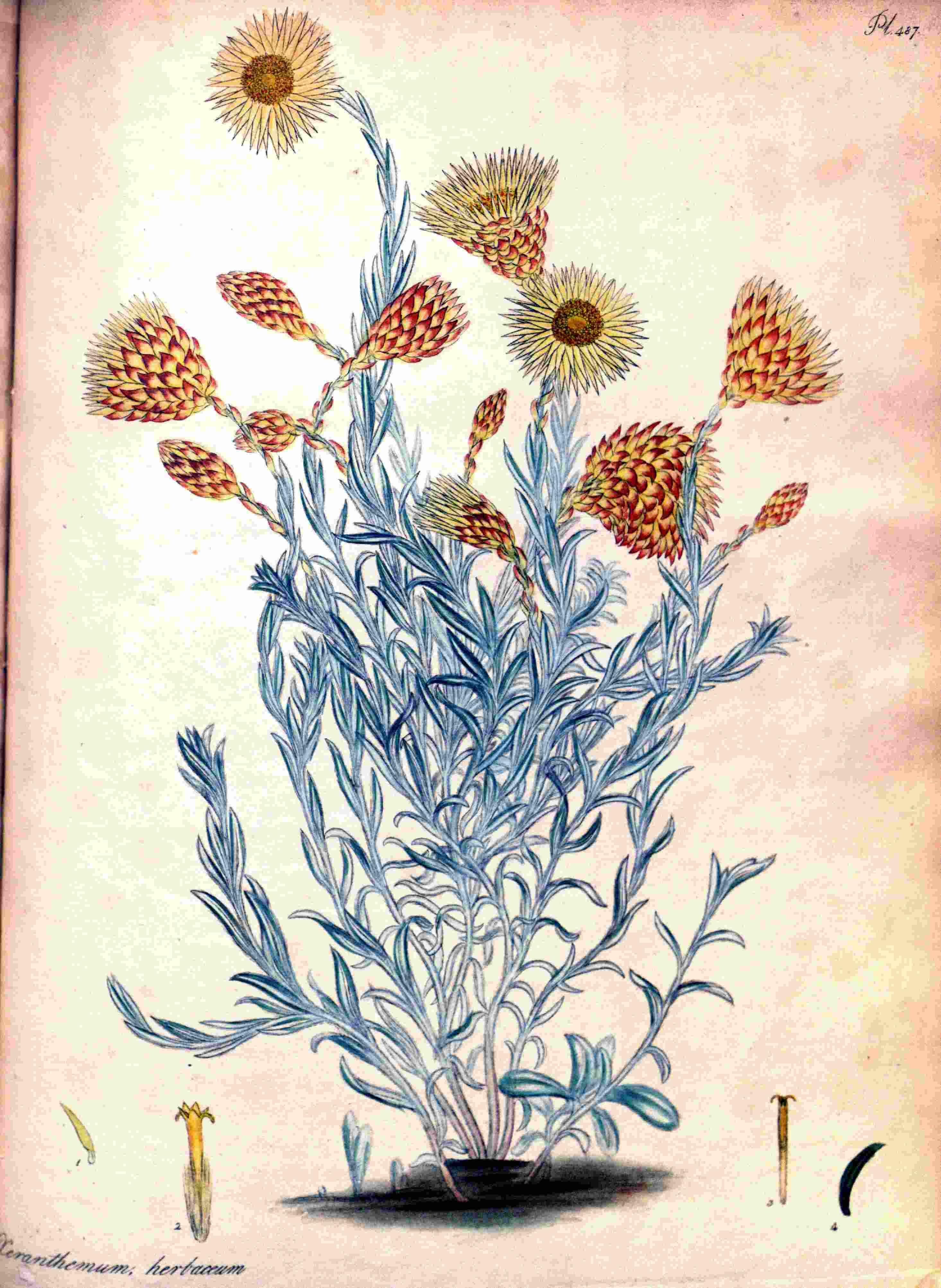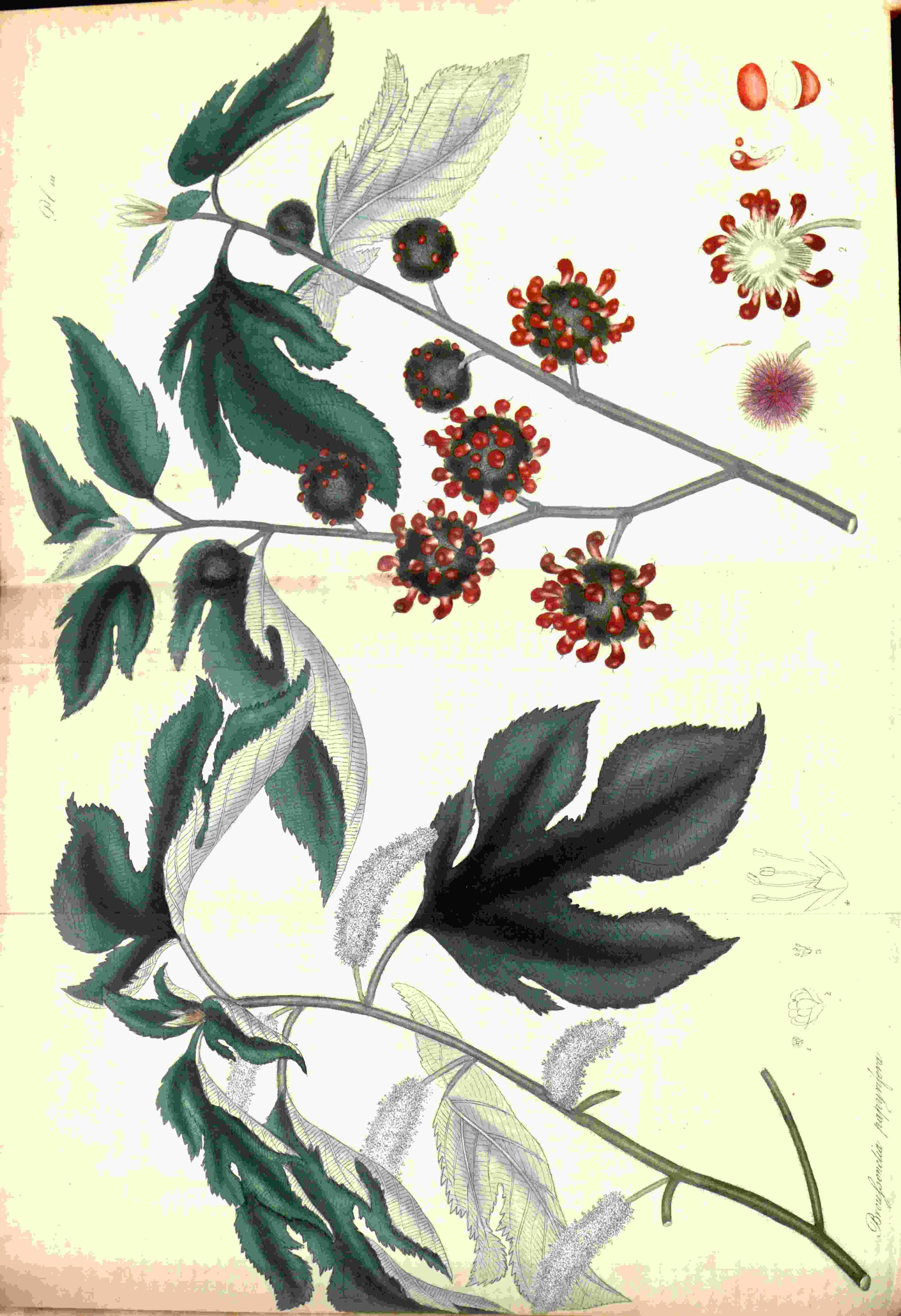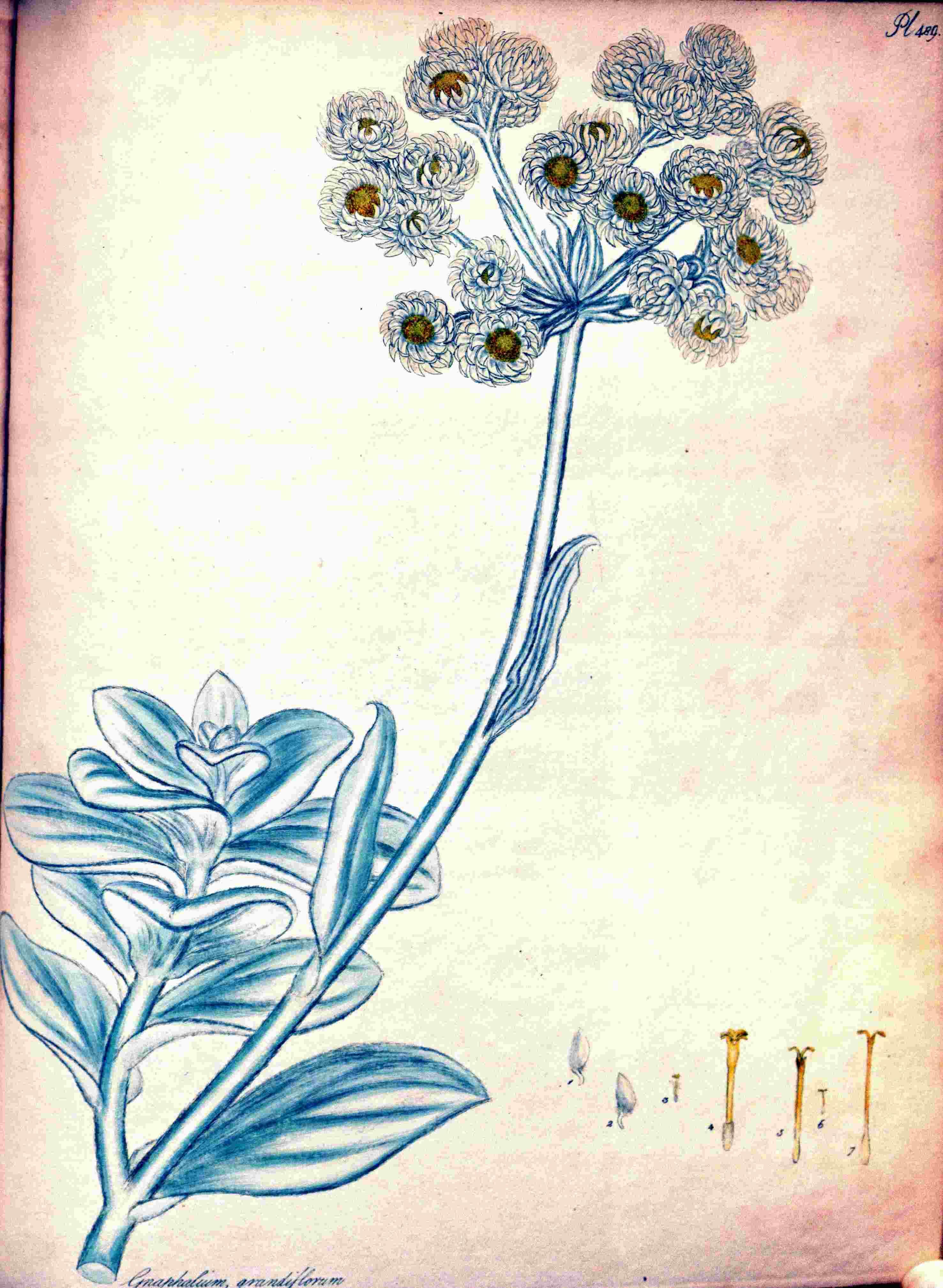TranslationalEpigeneticsSeries
TrygveTollefsbol-SeriesEditor
TransgenerationalEpigenetics
EditedbyTrygveO.Tollefsbol,2014
PersonalizedEpigenetics
EditedbyTrygveO.Tollefsbol,2015
EpigeneticTechnologicalApplications
EditedbyY.GeorgeZheng,2015
EpigeneticCancerTherapy
EditedbyStevenG.Gray,2015
DNAMethylationandComplexHumanDisease
ByMichelNeidhart,2015
EpigenomicsinHealthandDisease
EditedbyMarioF.FragaandAgustinF.FFerna´ndez,2015
EpigeneticGeneExpressionandRegulation
EditedbySumingHuang,MichaelLittandC.AnnBlakey,2015
EpigeneticBiomarkersandDiagnostics
EditedbyJoseLuisGarcı´a-Gimenez,2015
DrugDiscoveryinCancerEpigenetics
EditedbyGerdaEggerandPaolaBarbaraArimondo,2015
MedicalEpigenetics
EditedbyTrygveO.Tollefsbol,2016
ChromatinSignalingandDiseases
EditedbyOlivierBindaandMartinFernandez-Zapico,2016
GenomeStability
EditedbyIgorKovalchukandOlgaKovalchuk,2016
ChromatinRegulationandDynamics
EditedbyAnitaGondor,2016
NeuropsychiatricDisordersandEpigenetics
EditedbyDagH.Yasui,JacobPeedicayilandDennisR.Grayson, 2016
PolycombGroupProteins
EditedbyVincenzoPirrotta,2016
EpigeneticsandSystemsBiology
EditedbyLeonieRingrose,2017
CancerandNoncodingRNAs
EditedbyJayprokasChakrabartiandSangaMitra,2017
NuclearArchitectureandDynamics
EditedbyChristopheLavelleandJean-MarcVictor,2017
EpigeneticMechanismsinCancer
EditedbySabitaSaldanha,2017
EpigeneticsofAgingandLongevity
EditedbyAlexeyMoskalevandAlexanderM.Vaiserman,2017
TheEpigeneticsofAutoimmunity
EditedbyRongxinZhang,2018
EpigeneticsinHumanDisease,SecondEdition EditedbyTrygveO.Tollefsbol,2018
EpigeneticsofChronicPain
EditedbyGuangBaiandKeRen,2018
EpigeneticsofCancerPrevention
EditedbyAnupamBishayeeandDeepakBhatia,2018
ComputationalEpigeneticsandDiseases
EditedbyLooKeatWei,2019
Pharmacoepigenetics
EditedbyRamo´nCacabelos,2019
EpigeneticsandRegeneration
EditedbyDanielaPalacios,2019
ChromatinSignalingandNeurologicalDisorders EditedbyOlivierBinda,2019
TransgenerationalEpigenetics,SecondEdition EditedbyTrygveTollefsbol,2019
NutritionalEpigenomics
EditedbyBradleyFerguson,2019
PrognosticEpigenetics
EditedbyShilpySharma,2019
EpigeneticsoftheImmuneSystem EditedbyDieterKabelitz,2020
StemCellEpigenetics
EditedbyEranMeshorerandGiuseppeTesta,2020
EpigeneticsMethods EditedbyTrygveTollefsbol,2020
HistoneModificationsinTherapy
EditedbyPedroCastelo-BrancoandCarmenJeronimo, 2020
EnvironmentalEpigeneticsinToxicologyandPublicHealth EditedbyRebeccaFry,2020
GenomeStability
EditedbyIgorKovalchukandOlgaKovalchuk,2021
TwinandFamilyStudiesofEpigenetics
EditedbyShuaiLiandJohnHopper
EpigeneticsandMetabolomics
EditedbyPabanK.AgrawalaandPoonamRana,2021
MedicalEpigenetics,SecondEdition EditedbyTrygveTollefsbol,2021
SeriesEditor
TrygveTollefsbol
ProfessorofBiology,UniversityofAlabamaatBirmingham,andSeniorScientist, ComprehensiveCancerCenter,ComprehensiveCenterforHealthy,Birmingham, AL,UnitedStates
Aging,ComprehensiveDiabetesCenterandNutritionObesityResearchCenter, Birmingham,AL,UnitedStates Director,CellSenescenceCultureFacility,Birmingham,AL,UnitedStates
Editedby
JoseLuisGarcı´a-Gimenez
CIBEREnfermedadesRaras,CenterforBiomedicalNetworkResearchonRare Diseases,InstitutodeSaludCarlosIII,Valencia,Spain
INCLIVABiomedicalResearchInstitute,Valencia,Spain
DepartmentofPhysiology,SchoolofMedicineandDentistry,Universityof Valencia,Valencia,Spain
AcademicPressisanimprintofElsevier 125LondonWall,LondonEC2Y5AS,UnitedKingdom 525BStreet,Suite1650,SanDiego,CA92101,UnitedStates 50HampshireStreet,5thFloor,Cambridge,MA02139,UnitedStates TheBoulevard,LangfordLane,Kidlington,OxfordOX51GB,UnitedKingdom
Copyright©2022ElsevierInc.Allrightsreserved.
Nopartofthispublicationmaybereproducedortransmittedinanyformorbyanymeans,electronicor mechanical,includingphotocopying,recording,oranyinformationstorageandretrievalsystem,without permissioninwritingfromthepublisher.Detailsonhowtoseekpermission,furtherinformationaboutthe Publisher’spermissionspoliciesandourarrangementswithorganizationssuchastheCopyrightClearance CenterandtheCopyrightLicensingAgency,canbefoundatourwebsite: www.elsevier.com/permissions.
ThisbookandtheindividualcontributionscontainedinitareprotectedundercopyrightbythePublisher (otherthanasmaybenotedherein).
Notices
Knowledgeandbestpracticeinthisfieldareconstantlychanging.Asnewresearchandexperiencebroadenour understanding,changesinresearchmethods,professionalpractices,ormedicaltreatmentmaybecome necessary.
Practitionersandresearchersmustalwaysrelyontheirownexperienceandknowledgeinevaluatingandusing anyinformation,methods,compounds,orexperimentsdescribedherein.Inusingsuchinformationormethods theyshouldbemindfuloftheirownsafetyandthesafetyofothers,includingpartiesforwhomtheyhavea professionalresponsibility.
Tothefullestextentofthelaw,neitherthePublishernortheauthors,contributors,oreditors,assumeanyliability foranyinjuryand/ordamagetopersonsorpropertyasamatterofproductsliability,negligenceorotherwise,or fromanyuseoroperationofanymethods,products,instructions,orideascontainedinthematerialherein.
LibraryofCongressCataloging-in-PublicationData
AcatalogrecordforthisbookisavailablefromtheLibraryofCongress
BritishLibraryCataloguing-in-PublicationData
AcataloguerecordforthisbookisavailablefromtheBritishLibrary
ISBN978-0-12-823008-4
ForinformationonallAcademicPresspublications visitourwebsiteat https://www.elsevier.com/books-and-journals
Publisher: AndreGerhardWolff
AcquisitionsEditor: PeterLinsley
EditorialProjectManager: MeganAshdown
ProductionProjectManager: SreejithViswanathan
CoverDesigner: MilesHitchen
TypesetbySTRAIVE,India
Contributors.......................................................................................................................................xvii Preface..............................................................................................................................................xxiii
CHAPTER1Perspectivesandfuturedirectionsoftranslationalepigenetics inpersonalizedandprecisionmedicine...................................... 1
JoseLuisGarcı´a-Gimenez,Jesu ´ sBeltra ´ n-Garcı ´ a, RebecaOsca-Verdegal,FedericoV.Pallardo ´ ,ToshikazuUshijima,and TrygveO.Tollefsbol
Introduction..............................................................................................................2
Diagnostic,prognostic,andtherapeuticapplicationsofepigenetics inprecisionmedicine...........................................................................................4
Epigenetic-basedtherapies......................................................................................8
Conclusionsandperspective.................................................................................11 References..............................................................................................................13
CHAPTER2Translationalepigeneticsinprecisionmedicineofcolorectal cancer.................................................................................... 19
Jesu ´ sBeltra ´ n-Garcı´a,RebecaOsca-Verdegal,SalvadorMena-Molla ´ , MartaSeco-Cervera,LorenaPeiro ´ -Chova,JoseLuisGarcı´a-Gimenez, PierreLaurent-Puig,andAndresCervantes
Introduction............................................................................................................20
PotentialepigeneticbiomarkersforCRC.............................................................22
EpigeneticbiomarkersforCRCbasedonDNAmethylation..........................22
EpigeneticbiomarkersforCRCbasedonhistoneposttranslational modifications.................................................................................................23
EpigeneticbiomarkersforCRCbasedonmicroRNAs....................................24
Invitrodiagnostictestsbasedonepigeneticbiomarkers.................................25
Epigenetic-basedIVDtestforCRC......................................................................25
TheCologuardstoolDNA-basedtest...............................................................25
TheEpiproColon2.0test.................................................................................28
TheEarlyTectcolorectalcancerassay..............................................................29
miRPredX-31-3p................................................................................................29
Colveracolorectalcancerscreeningtriagetest................................................30
TheNu.Qcolorectalcancerscreeningtriagetest.............................................31
A.S.Perry
DNAmethylationinlungcancer....................................................................112
Histoneposttranslationalmodificationsinlungcancer..................................113
NoncodingRNAsinlungcancer....................................................................115
Diagnostic,prognostic,andtherapeuticapplicationsofepigenetics inlungcancer..................................................................................................117
DNAmethylationasbiomarkerforlungcancer............................................118
Histoneposttranslationalmodificationsasbiomarkersfor lungcancer...................................................................................................120
NoncodingRNAsasbiomarkersforlungcancer...........................................121
Drugresponseandtherapeutics..........................................................................123
DNAmethylationastherapeutictargetinlungcancer..................................124
Histoneposttranslationalmodificationsastherapeutictarget inlungcancer..............................................................................................125
NoncodingRNAsastherapeutictargetsinlungcancer.................................130
Conclusionsandperspective...............................................................................131
CHAPTER6Epigeneticsandprecisionmedicineinboneandsofttissue
sarcomas...............................................................................
KanizFatema,SarahLuelling,MatthewKirkham,AdrienePavek, AlexandraL.Heyneman,andJaredBarrott
Introduction..........................................................................................................154
Osteosarcoma.......................................................................................................156
Epigeneticbiomarkersindiagnosisandprognosis ofosteosarcoma...........................................................................................156
Epigenetictherapeuticsinosteosarcoma........................................................159
EpigeneticsinCSCphenotypeandosteoblasticdifferentiation....................162
Ewingsarcoma....................................................................................................163
EpigeneticdiagnosticmethodsinEwingsarcoma.........................................163
EpigeneticprognosticmarkersinEwingsarcoma..........................................163
EpigenetictargetsinthetreatmentofEwingsarcoma...................................164
Undifferentiatedpleomorphicsarcoma...............................................................164
Epigeneticdiagnosticmethodsinundifferentiatedpleomorphic sarcoma........................................................................................................165
Epigeneticprognosticmethodsinundifferentiatedpleomorphic sarcoma........................................................................................................165
Epigenetictargetsinthetreatmentofundifferentiatedpleomorphic sarcoma........................................................................................................165
Synovialsarcoma.................................................................................................166
Epigeneticsasadiagnostictoolinsynovialsarcoma....................................166
Epigeneticsasaprognostictoolinsynovialsarcoma....................................167
Epigeneticsasatherapeutictoolinsynovialsarcoma...................................168
Rhabdomyosarcoma.............................................................................................169
Epigeneticsfordiagnostictestinginrhabdomyosarcoma..............................169
Epigeneticsforprognostictestinginrhabdomyosarcoma..............................170
Epigeneticsasatherapeutictargetforrhabdomyosarcoma...........................170
Leiomyosarcoma..................................................................................................172
Epigeneticsfordiagnostictestinginleiomyosarcoma...................................172
Epigeneticsforprognostictestinginleiomyosarcoma...................................172
Epigeneticsasatherapeutictargetforleiomyosarcoma................................173
Liposarcoma.........................................................................................................173
Epigeneticsfordiagnostictestinginliposarcoma..........................................173
Epigeneticsforprognostictestinginliposarcoma..........................................173
Epigeneticsasatherapeutictargetforliposarcoma.......................................174
Malignantperipheralnervesheathtumor...........................................................174
Epigeneticsasaprognostictoolinmalignantperipheralnerve sheathtumor................................................................................................174
Epigeneticsasadiagnostictoolinmalignantperipheralnerve sheathtumor................................................................................................175
Epigeneticsasatherapeutictoolinmalignantperipheralnerve sheathtumor................................................................................................175
Epigeneticsfordiagnostictestinginfibrosarcoma.........................................176
Epigeneticsforprognostictestinginfibrosarcoma........................................176
Epigeneticsasatherapeutictargetforfibrosarcoma......................................177
CutaneousT-celllymphoma...........................................................................205
CHAPTER8Epigeneticbiomarkeranddrugdevelopmentingynecological
Po-HsuanSu,Lin-YuChen,Rui-LanHuang,Kuo-ChangWen, Phui-LyLiew,andHung-ChengLai
Cervicalcancer....................................................................................................224 PapanicolaousmearandHPVtesting.............................................................225
CHAPTER9Epigeneticsinprecisionmedicineofpancreaticcancer...........
CHAPTER10Epigeneticsandpersonalizedmedicineofbraincancer............
GeorgeI.Lambrou
Introduction..........................................................................................................282
AshortintroductiontoCNStumorbiology...................................................283
Ontumor“stemness”.......................................................................................286
Onbraintumor“stemness”.............................................................................287
Approachestotheunderstandingoftumorbiology.......................................288
Topersonalize(therapy)ornottopersonalize...............................................289
CHAPTER11Epigeneticsandprecisionmedicineindiabetesandobesity preventionandmanagement....................................................
Post-translationalhistonemodifications(PTMs)............................................332
NoncodingRNAs(ncRNAs)...........................................................................333
Precisionmedicineandepigeneticmarksinmetabolicdisorders......................333
ClinicalrelevanceofepigeneticbiomarkersinobesityandT2D..................334
Epigeneticbiomarkersinnoninvasivesamples..............................................336
CHAPTER12Epigeneticsinprecisionmedicineofcardiovascular disease..................................................................................
Lucı´aPinilla,FerranBarbe,JoseM.Guerra,VicentaLlorente-Cortes, andDaviddeGonzalo-Calvo
Cardiovasculardisease........................................................................................348 Biomarkers...........................................................................................................348
Epigeneticbiomarkers:NoncodingRNAs..........................................................349
MostrelevantnoncodingRNAsubclassesinthefieldofbiomarkers...............350
NoncodingRNAsasdiagnosticbiomarkersofcardiovasculardisease.............352
NoncodingRNAsasprognosticbiomarkersofcardiovasculardisease.............356
NoncodingRNAsinbiomarker-guidedtherapyofcardiovascular disease..............................................................................................................358
Definingclinicalphenotypes:NoncodingRNAsanddecisiontree
CHAPTER13Spermepigenetics:Thefutureofprecisionmedicineinmale
CHAPTER14Epigeneticinprecisionmedicineinautoimmune andinflammatory-mediateddisorders.......................................
JoseSantiagoIba ´ n ¨ ez-Cabellos,Jesu’sCosı´n-Roger,and MartaSeco-Cervera
Introduction..........................................................................................................381
Epigeneticbasesofautoimmuneinflammatory-relateddiseases.......................384
Rheumatoidarthritis........................................................................................384
Rheumatoidarthritis........................................................................................392
Inflammatoryboweldisease............................................................................394
Epigeneticmodifications.................................................................................409
Importanceofepigeneticchangesinallergicdiseases...................................410
Challengesofthetissue-specificityofepigeneticchanges............................413
Whichepigeneticmodificationmightbebestsuitedfortranslation toclinicalsettings?......................................................................................414
Precisionmedicineinallergicdiseases...............................................................415
Diagnosisofallergicdiseases.........................................................................415
Predictingtheonset,remission,and/orseverityofallergicdiseases.............416
Usingepigeneticstodefinesubgroupsofallergicpatients............................419
Epigeneticsforpersonalizedtreatmentdecisionsusingconventional treatmentandbiologics...............................................................................420
Theepigenomeasatargetforpersonalizedtreatment.......................................425
Alteringtheepigeneticphenotypethoughmodulation ofthemicrobiome.......................................................................................425
Epigenetictherapy...........................................................................................427
Epigeneticediting............................................................................................429
TargetingmiRNAsinpatientswithallergicdiseases.....................................430 Conclusions..........................................................................................................431
CHAPTER16Epigeneticsinspinecurvaturedisorders.................................. 449
GissellePerez-Machado,MartaSeco-Cervera, EsterBerenguer-Pascual,SalvadorMena-Molla ´ ,TeresaBasHermida, MoritzC.Deml,andJoseLuisGarcı´aGimenez
Introduction..........................................................................................................450
Epigeneticsinbonemetabolismassociatedtospinedeformity.........................452
DNAmethylation................................................................................................452
NoncodingRNAs.................................................................................................453
RoleofmiRNAsinAIS......................................................................................454
RoleofmiRNAsinDS.......................................................................................457
Epigeneticbiomarkersinscoliosisprecisionmedicine......................................460
DNAmethylationbiomarkersinAISprecisionmedicine.................................460
miRNAsbiomarkersinAISprecisionmedicine................................................461
Conclusionsandfutureprospects........................................................................462
Acknowledgmentsandfunding...........................................................................463 References............................................................................................................463
CHAPTER17MethylatedcirculatingtumorDNAbiomarkersforthe blood-baseddetectionofcancersignals.................................. 471 MeganP.Hitchins
Introduction..........................................................................................................472
Thepublichealthburdenofcancerandtheneedforminimallyinvasive testsforcancerdetection.................................................................................473
CirculatingtumorDNAasabiomarkerforthedetection ofcancersignals..............................................................................................474
ChoiceofsomaticsequencemutationorDNAmethylationasctDNA biomarkers.......................................................................................................476
CharacteristicsandcompositionofcfDNAandctDNA....................................477
ctDNAdetectiontechnologies.............................................................................480
Bestpreanalyticalpracticesforobtaininghigh-qualitycfDNAtemplates........480
Bloodcollectionandpreanalyticalvariables......................................................480
Cell-freeDNAisolationandqualitycontrol......................................................481
SodiumbisulfiteconversionofcfDNAforDNAmethylationanalyses............481
Cell-freeDNAassaytypes..................................................................................482
Real-timePCR-basedassaysfortargetedloci....................................................482
Next-generationsequencing(NGS)-basedassays..............................................483
“Real-world”applicationsofcfDNAtechnologytothedetectionofcancer signals..............................................................................................................485
Earlydetectionofcancerviapopulation-basedscreening.................................485
Population-basedscreeningforthedetectionofcolorectalcancer usingthemethylated SEPTIN9, “mSEPT9”blood-basedctDNAtest.......487
DevelopmentofmulticancerscreeningtestbasedonmethylatedctDNA profiles.............................................................................................................490
TheGalleritestbyGRAILInc...........................................................................491
ApplicationofctDNAtechnologyinoncologyfortheclinical managementofcancerpatients.......................................................................494
UtilityofctDNAtestingformonitoringtumorburdenincancerpatients........494
Benefitsofthedetectionofmolecularresidualdisease,recurrence,and tumorburdeninthesettingofcolorectalcancer............................................495
PersonalizedNGS-basedassayforthedetectionofminimalresidual diseaseandcancerrecurrence.........................................................................496
MethylatedctDNAtestforthedetectionofminimalresidualdisease andrecurrenceofCRC....................................................................................497
Liquidbiopsy.......................................................................................................500
Liquidbiopsyforthepredictionofresponsetotreatment.................................501 Conclusionsandfuturedirections.......................................................................503 References............................................................................................................505
CHAPTER18DietaryregulationofmiRNAinprecisionmedicine
PriyaMondalandSyedMusthapaMeeran
Introduction..........................................................................................................514
BiogenesisofmiRNA..........................................................................................514
RoleofmiRNAinlungcancerprogression.......................................................516
Cellproliferationandapoptosis......................................................................517
Modulationofstemnessproperties.................................................................517
Alteringtheexpressionoftumorsuppressorgenesoroncogenes.................517
Alteringthemetabolicpathways.....................................................................518
Regulatingtheexpressionofimmunity-associatedgenes..............................518
RoleofmiRNAinlungcancerchemoresistance...........................................519
RoleofmiRNAsinlungcancertherapeutics.....................................................519
miRNAsasdiagnostictools............................................................................519 miRNAsasprognostictools............................................................................524 miRNAsaspredictivetools............................................................................525
DietaryregulationofmiRNAinlungcancer.....................................................526
Curcumin.........................................................................................................526
Teacatechins...................................................................................................529
Genistein..........................................................................................................530
Another random document with no related content on Scribd:
PLATE CCCCLXXXIV.
NICOTIANA GLUTINOSA.
Clammy Tobacco.
CLASS V. ORDER I.
PENTANDRIA MONOGYNIA. Five Chives. One Pointal.
GENERIC CHARACTER.
C����. Perianthium monophyllum, ovatum, 5-fidum, persistens.
C������ monopetala, infundibuliformis: tubus calyce longior: limbus patulus, 5-fidus, 5-plicatus.
S������. Filamenta quinque, subulata, vix longitudine corollas, adscendentia: antheræ oblongæ.
P��������. Germen ovatum. Stylus filiformis, longitudine corollæ. Stigma capitatum, emarginatum.
P����������. Capsula sub-ovata, lineâ utrinque insculptâ: bilocularis: bivalvis, apice dehiscens: receptaculum dimidiatum, ovatum, punctatum: dissepimentis affixis.
S����� numerosa, reniformia, rugosa.
E���������. Cup one-leafed, ovate, 5-cleft, and remaining.
B������ one petal, funnel-shaped: tube longer than the calyx: segments spreading, 5-cleft, 5-plaited.
C�����. Threads five, awl-shaped, scarcely the length of the blossom, and ascending: tips oblong.
P������. Seed-bud ovate. Shaft thread-shaped, the length of the blossom. Summit headed, and emarginated.
S���-������. Capsule nearly egg-shaped, with a line imprinted on both sides: two loculaments: two valves, splitting at the point: receptacle half-way divided, ovate, and dotted: dissepiments cleaving together.
S���� numerous, kidney-shaped, and rough.
SPECIFIC CHARACTER.
N�������� foliis petiolatis, sub-cordatis, glandulis minutis viscosis circumsessis: floribus alternis, solitariis, ad partem superam ramorum: corolla campanulata, pallide purpurea, viscosa: ramis glandulis minutis tectis, viscosis.
Habitat in Peru.
T������ with petiolated and nearly heart-shaped leaves, beset with minute viscous glands: flowers grow solitary and alternate on the upper part of the branches: blossom bell-shaped, of a pale purple, and viscous: the branches covered with glands very small, and clammy.
Native of Peru.
REFERENCE TO THE PLATE.
1. The empalement.
2 The blossom spread
3. Seed-bud and pointal.
T��� species of Nicotiana is called the Spanish Tobacco; and although we cannot exactly ascertain whether it is cultivated for the purpose of manufacturing into tobacco or snuff, yet there is little doubt of that being the case. The general appearance of this species very much resembles the common Tobacco plant, so well known. The most ostensible difference appears to exist in the glutinous character of the present species, whose stalks, leaves, and flowers are beset by numerous little glands, that emit a viscid juice. There is not much beauty attached to it; but, as a scarce and unfigured species, it well deserves a representation, as would any species of a genus that forms so considerable a branch in the commerce of a mercantile country. Our figure was made from a fine specimen received from A. B. Lambert, esq.
PLATE CCCCLXXXV.
MELALEUCA SALICIFOLIA.
Willow-leaved Melaleuca.
CLASS XVIII. ORDER IV.
POLYADELPHIA POLYANDRIA. Threads in many Sets. Many Chives.
ESSENTIAL GENERIC CHARACTER.
C���� quinquefidus, semisuperus. Petala quinque. Filamenta multa, longissima, in quinque corpora connata. Pistillum unum. Capsula 3-locularis.
C�� five-cleft, half above. Petals five. Threads numerous, very long, united into five bodies. Pointal one. Capsule 3-celled.
See Melaleuca Ericæfolia, Pl. 175. Vol. III.
SPECIFIC CHARACTER.
M�������� foliis oppositis, lanceolatis, punctatis: floribus paniculatis: corollis luteis, magnis, et patentibus: ramis oppositis, alternatis: caulis erectus.
M�������� with opposite lance-shaped leaves, dotted: flowers grow in panicles: blossoms yellow, large, and spreading: branches opposite, and alternate: stem upright.
REFERENCE TO THE PLATE.
1. A flower complete, spread open.
2. The same shown from the outside.
3 One of the bundles of chives
4. Empalement, seed-bud, and pointal.
V��� few species of plants revolt so much in appearance from their original genus as the present one, whose exterior bears very little resemblance to Melaleuca, although, upon examination, it perfectly accords in every particular. It is a native of New Holland, and, we are informed, was first raised from seed by Mr. Barr, nurseryman at Ball’s Pond, Islington.
Our figure was made from a plant in fine bloom at the nursery of Messrs. Whitley and Brames.
PLATE CCCCLXXXVI.
PÆONIA DAURICA.
Dauric Pæony.
CLASS XIII. ORDER II.
POLYANDRIA DIGYNIA. Many Chives. Two Pointals.
ESSENTIAL GENERIC CHARACTER.
C���� 5-phyllus. Petala 5. Stylus 0. Capsulæ polyspermæ.
C�� 5-leaved. Petals 5. Pointal none. Capsules many-seeded.
SPECIFIC CHARACTER.
P����� foliis pinnatis: foliolis sub-ovatis, glaucis: floribus rubropurpureis: caulis herbaceus, bipedalis.
P���� with winged leaves: the leaflets are nearly egg-shaped, and glaucous: flowers of a red purple: stem herbaceous, and about two feet high.
REFERENCE TO THE PLATE.
1. The empalement and seed-buds.
2. A chive.
3 The seed-buds as they appear when the seeds are nearly perfect T��� fine Pæony is at present a scarce plant; nor is there any figure of it extant, if not in the Flora Russica of Dr. Pallas. The specimen our figure represents was received from Mr. J. Bell, who raised it from seed, and with whom it has flowered for the first time in this country. It may with propriety be ranked among the most attractive of the herbaceous species. The flowers expand in the early part of summer; and from the cold climate whence it is indigenous, little doubt need be entertained of its resisting our winter, if it can but endure the sudden changes of weather to which this island is subject; a transition that frequently proves more fatal to plants the natives of a cold northern clime, than to those of southern origin.
PLATE CCCCLXXXVII.
XERANTHEMUM HERBACEUM.
Herbaceous Eternal Flower. CLASS XIX. ORDER II.
SYNGENESIS POLYGAMIA SUPERFLUA. Tips united. Superfluous Pointals.
ESSENTIAL GENERIC CHARACTER.
R����������� paleaceum, aut nudum. Pappus setaceus. Calyx imbricatus, radiatus, radio colorato.
R��������� chaffy, or naked. Feather bristly. Empalement tiled, rayed, the ray coloured.
SPECIFIC CHARACTER.
X���������� herbaceum: foliis amplexicaulibus, oblongis, margine revolutis, lanâ albâ tectis: floribus terminalibus, solitariis, pallide aurantiis, nitidissimis: squamæ inferæ fulvescentes.
X���������� with an herbaceous stem: leaves embracing the stem, oblong, rolled back at the edges, and covered with a white wool: flowers terminate the branches singly, are of a pale gold colour, and very shining: the lower scales are of a foxy tint.
REFERENCE TO THE PLATE.
1 One of the radiating scales
2. A floret of the disk.
3. The chives and pointal.
4 Leaf of a variety
T��� handsome species of Xeranthemum may be regarded as truly herbaceous, as the plant not only dies down annually, but even whilst living keeps constantly sending up fresh shoots from the root. The white appearance of the leaves is owing to their being enveloped by a kind of wool: but there are two varieties; the one whose foliage is almost without this woolly coat, and the other entirely divested of it, and of a rich green colour; but in every other particular the plants are all exactly alike.
Our figure was made from a small plant in fine flower in the conservatory of G. Hibbert, esq.
PLATE CCCCLXXXVIII.
BROUSSONETIA PAPYRIFERA.
Paper Mulberry. CLASS XXII. ORDER IV.
DIŒCIA TETRANDRIA. Chives and Pointals on different Plants. Four Chives.
GENERIC CHARACTER.
* Masculi flores.
A������ cylindraceum.
C���� 4-partitus. Corolla nulla.
* Feminei flores.
A������ globosum, floribus undique tectum.
C���� inferus, persistens, 3-seu 4-dentatus. Corolla nulla. Stylus filiformis. Fructus cylindraceo-clavatus, apice bilabiatus.
S���� nudum ad apicem fructûs.
* Male flowers.
C����� cylindrical.
E��������� 4-divided. Blossom none.
* Female flowers.
C����� globular, covered all over by flowers.
E��������� beneath and remaining, 3-sometimes 4-toothed. Blossom none. Shaft thread-shaped. Fruit cylindrically club-shaped, and two-lipped at the point.
S��� naked at the point of the fruit.
Broussonetia papyrifera. Vent. Tab. Veg. et Willd. Sp. Pl.
SPECIFIC CHARACTER.
B����������� foliis tri-vel quinque-lobis, acutis, serratis, supra scabris, subtus pubescentibus.
B����������� with leaves from 3-to 5-lobed, pointed, sawed, rough on the upper surface, and softly haired beneath.
REFERENCE TO THE PLATE.
Male Plant
1. An empalement and chives, in an infant state.
2. The same magnified.
3 An empalement and chives in perfection
4. The same magnified.
Female Plant.
1. The catkin with a pointal detached.
2 A section of the same when in fruit
3. One of the florets with the seed detached.
4. A seed cut in two, and magnified.
T��� useful plant is the Morus papyrifera of Linnæus, but certainly would not have been so called by him, had both, the male and female plant come under his inspection, as it does not belong either to the class or order of the Mulberry. Neither of the plants, when in bloom, possesses much beauty, but they have rather a sombre aspect: yet the female plant, when in fruit, is certainly very handsome. In Japan and the South Sea Islands, where it is indigenous, the bark of it serves to make a clothing for the natives. In Japan, it not only makes cloth for them, but all the Japanese paper is made from the bark of it. There are four sorts. The first is a royal size, of a square form, very smooth, and painted on one side. The second is a fine letter paper, in sheets often three feet long. The third is used for covering their best varnished articles, and so fine as sometimes to look like a spider’s web. The fourth is a common writing-paper, varying in size and form. The process of its manufacture is by cutting off the shoots after the leaves fall, and boiling them till the bark separates. It is then peeled off, and steeped 3 or 4 hours in water, to purify, and the black outer cuticle, and green matter within, are scraped off and separated, according to their qualities. It is again boiled with a little ashes, and stirred with a bamboo stick; and the boiling is complete when its downy fibres can be separated with a touch of the finger. It is then agitated in water till it appears like a lump of tow, and again beat with camphor wood battens, and strained, for the coarser paper. An infusion of the roots of the Hibiscus manihot, or the leaves of Rivaria Japonica, with the flour of Japan rice, is then mixed with it, and poured on their moulds; which are not, like ours, formed of wire, but of fine rushes, and the sheets laid on a matted table with a fine shred of bamboo between each, and covered by a
board with a stone upon it, to squeeze out the water, dried the next day singly on flat boards, and then packed up for sale.
Our figure was made from fine plants in the garden of J. Vere, esq.
PLATE CCCCLXXXIX.
GNAPHALIUM GRANDIFLORUM.
Large-flowered Gnaphalium.
CLASS XIX. ORDER II.
SYNGENESIA POLYGAMIA SUPERFLUA. Tips united. Superfluous Polygamy.
ESSENTIAL GENERIC CHARACTER.
R����������� nudum. Pappus pilosus, vel plumosus. Calyx imbricatus, radiatus, radio colorato.
R��������� naked. Down hairy, or feathery. Empalement imbricated, rayed, with the ray coloured.
SPECIFIC CHARACTER.
G��������� grandiflorum: floribus paniculatis, albis, lucidis: pedunculis albis, lanatis: foliis ovato-acutis, albâ lanâ tectis.
G��������� with large flowers: flowers grow in panicles, white, and shining: footstalks white, and woolly: leaves are ovate-pointed, and covered with a white wool.
REFERENCE TO THE PLATE.
1. A scale of the empalement.
2. The same shown from the under side.
3. A flower complete.
4 The same magnified
5. The seed-bud, chives, and pointal magnified.
6. Seed-bud and pointal.
7. The same magnified.
T��� Gnaphalium is at present the largest flowering species (the G. eximium excepted). Its flowers are equally durable with those of any Xeranthemum, nor does it vary essentially in any particular from that genus (as a section of which it would have been much better understood). The genus Elychrisum we find, upon examination, to be built upon the same equivocal ground, and there is little doubt but at some future period those two superfluous genera
will fall into the old Linnæan genus of Xeranthemum. Our figure was made from a fine plant in the Clapham collection, about a foot and a half high. We have seen it grow much taller, but it is not then so handsome. It is certainly not a new plant, but has not been as yet figured in any modern publication. The whiteness so prevalent in its flowers and leaves (by way of contrast to the green foliage of most other plants) would render it deserving a place in every collection, even if its long-lived shining flowers were not a sufficient recommendation.
PLATE CCCCXC.
PONTEDERIA DILATATA.
Dilated Pontederia.
CLASS VI. ORDER I.
HEXANDRIA MONOGYNIA. Six Chives. One Pointal.
GENERIC CHARACTER.
C����. Spatha communis, oblonga, latere dehiscens.
C������ monopetala, 6-fida.
S������. Filamenta sex, corollæ inserta. Antheræ oblongæ.
P��������. Germen oblongum, inferum. Stylus simplex.
P����������. Capsula trilocularis, triangularis.
S����� plurima.
O��. In quibusdam speciebus germen est superum: in aliis inferum.
E���������. Spathe common, oblong, opening sideways.
B������ one-petalled, 6-cleft.
C�����. Threads six, inserted into the blossom. Tips oblong.
P������. Seed-bud oblong, beneath. Shaft simple.
S���-������. Capsule three-locular, three-angled.
S���� many.
O��. In some species the seed-bud is above, in others beneath.
SPECIFIC CHARACTER.
P��������� germine supero: foliis sagittatis, obtusis, vel acutis: floribus umbellatis, confertis, cæruleis.
Habitat in India Orientali.
P��������� with the seed-buds above: leaves arrow-shaped, obtuse, or pointed: flowers in crowded umbels, of a blue colour.
Native of the East Indies.
REFERENCE TO THE PLATE.
1. A blossom spread open.
2 Seed-bud and pointal, summit magnified
3. The plant in miniature.
T��� handsome aquatic is a native of the East Indies, and figured in Col. Syms’s Embassy to the Kingdom of Ava, under the title of Pontederia dilatata. On examining some plants in the hot-house of J. Vere, esq. (whence our figure was taken) we observed so much variation in them, that we are inclined to think the P. hastata of Dr. Roxburgh’s Coromandel Plants represents (from a weak plant) the same species our figure delineates.
PLATE
CCCCXCI.
GARDENIA RADICANS.
Rooting Gardenia.
CLASS V. ORDER I.
PENTANDRIA MONOGYNIA. Five Chives. One Pointal.
ESSENTIAL GENERIC CHARACTER.
C���� 1-phyllus, 5-fidus, persistens.
C������ contorta, monopetala, 5-partita.
S������. Filamenta nulla. Antheræ quinque. Bacca infera, 2-locularis, polysperma. Stylus elevatus, bilobus.
E��������� 1-leafed, 5-parted, and remaining.
B������ twisted, one-leafed, 5-parted.
C�����. Threads none. Tips 5. Berry beneath, 2 loculaments, manyseeded. Shaft above, 2-lobed.
SPECIFIC CHARACTER.
G������� foliis lanceolatis: corollis hypocrateriformibus, albis, odoratissimis: calyce angulato: caule radicante.
G������� with lance-shaped leaves: blossom pitcher-shaped, white, and very sweet-scented: cup angular: stem rooting.
REFERENCE TO THE PLATE.
1 The empalement
2. The blossom spread open.
3. Seed-bud and pointal.
T�� Gardenia radirans is a native of Japan, and is figured by Thunberg in his Botanical Dissertation. The figure is small and coarse, but yet characteristic. We have represented a fine young plant, as its fragrant flowers are then much better relieved by the surrounding leaves. It is at present cultivated in the hot-house; but we are inclined to think it might succeed in the protection of the green-house. The luxuriance of its petals frequently absorbs nearly all
the parts of fructification. But our specimen fortunately afforded three antheræ out of the five, and the pointal entire.
Our figure was made from a plant in the nursery of Messrs. Whitley and Brames.

